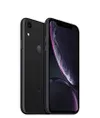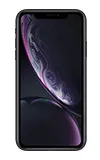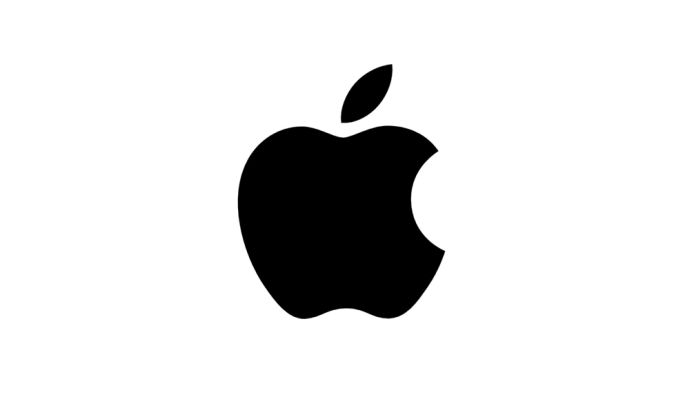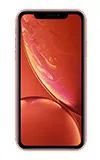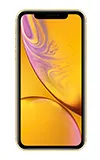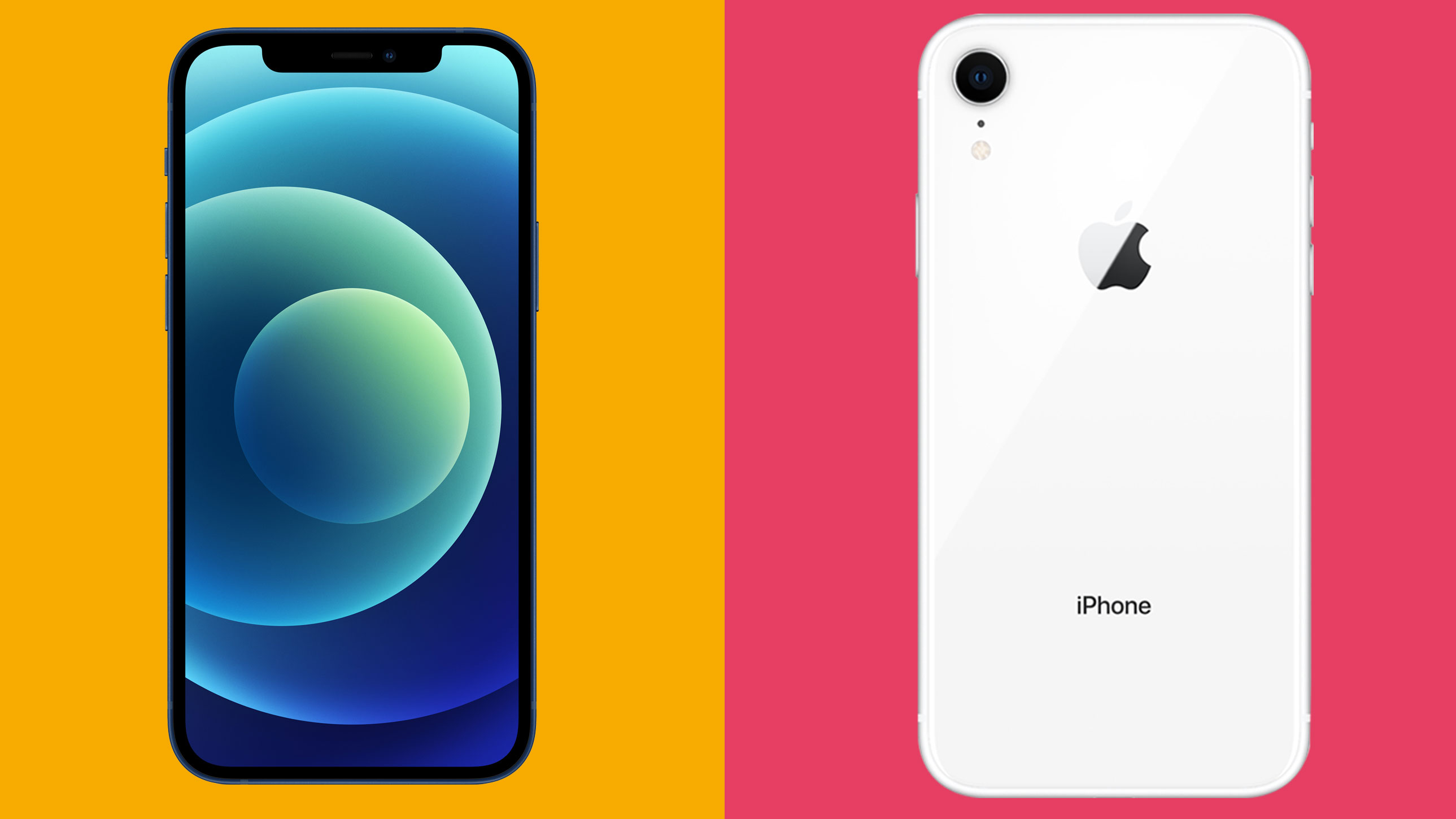
As our iPhone 12 review explains, this phone represents a stark departure from its predecessors, courtesy of a completely refreshed design and some notably improved components.
So while our iPhone XR review was very positive, many owners of that phone will be due for an upgrade, and the iPhone 12 is one phone that’s likely to be in their crosshairs. So how much of a step up does the iPhone 12 present? And is the iPhone XR still a viable purchase in 2022?
The two-year gap between the release of these handsets represents a long time in the smartphone world. Our iPhone 12 vs iPhone XR comparison will show whether Apple has put that development time to good use - or whether you should consider one of the other best iPhones.
iPhone 12 vs iPhone XR: price and availability
The iPhone 12 landed in shops on October 23, 2020. Prices for Apple’s current flagship range from $799 / £799 / AU$1,349 for the 64GB model, to $949 / £949 / AU$1,599 for 256GB. The 128GB model tucked in-between costs $849 / £849 / AU$1,429.
Two years prior to the iPhone 12 hitting shops, the iPhone XR went on sale. From October 26, 2018, you could grab the 64GB model for $749 / £749 / AU$1229, the 128GB model for $799 / £799 / AU$1299 for 128GB, and the 256GB model for $899 / £899 / AU$1479.
If you think this is a nostalgic look back at an obsolete phone, think again. Apple is still offering the iPhone XR as new, with the 64GB model costing $499 / £499 / AU$849 and the 128GB model available for $549 / £549 / AU$929. This makes it the cheapest large-screen iPhone in the range.
It also means that a brand-new 64GB iPhone XR costs a not-inconsiderable $300 / £300 / AU$500 less than a brand-new 64GB iPhone 12. It’s a rare and precious win for the creaking iPhone XR.
Get daily insight, inspiration and deals in your inbox
Sign up for breaking news, reviews, opinion, top tech deals, and more.
iPhone 12 vs iPhone XR: design
That difference of two years between these two phones is apparent when you look at the devices side by side. In fact, you could say that gap appears even wider.
At the time of the iPhone XR’s arrival, its soft, rounded design was starting to become stale. We first saw this look with the iPhone 6 in 2014, and it was only modestly revised with the iPhone X in 2017.
In our review, we noted that the iPhone XR was essentially an all-screen version of the iPhone 7 and the iPhone 8 – which is fitting description. We also pointed out that the XR was a lot chunkier than its more premium sibling of the time, the iPhone XS.
Measuring 150.9 x 75.7 x 8.3mm, and with a weight of 194g, the XR is certainly far chunkier than the iPhone 12. Apple’s latest phone is a relatively diminutive 146.7 x 71.5 x 7.4mm, and it weighs just 164g.
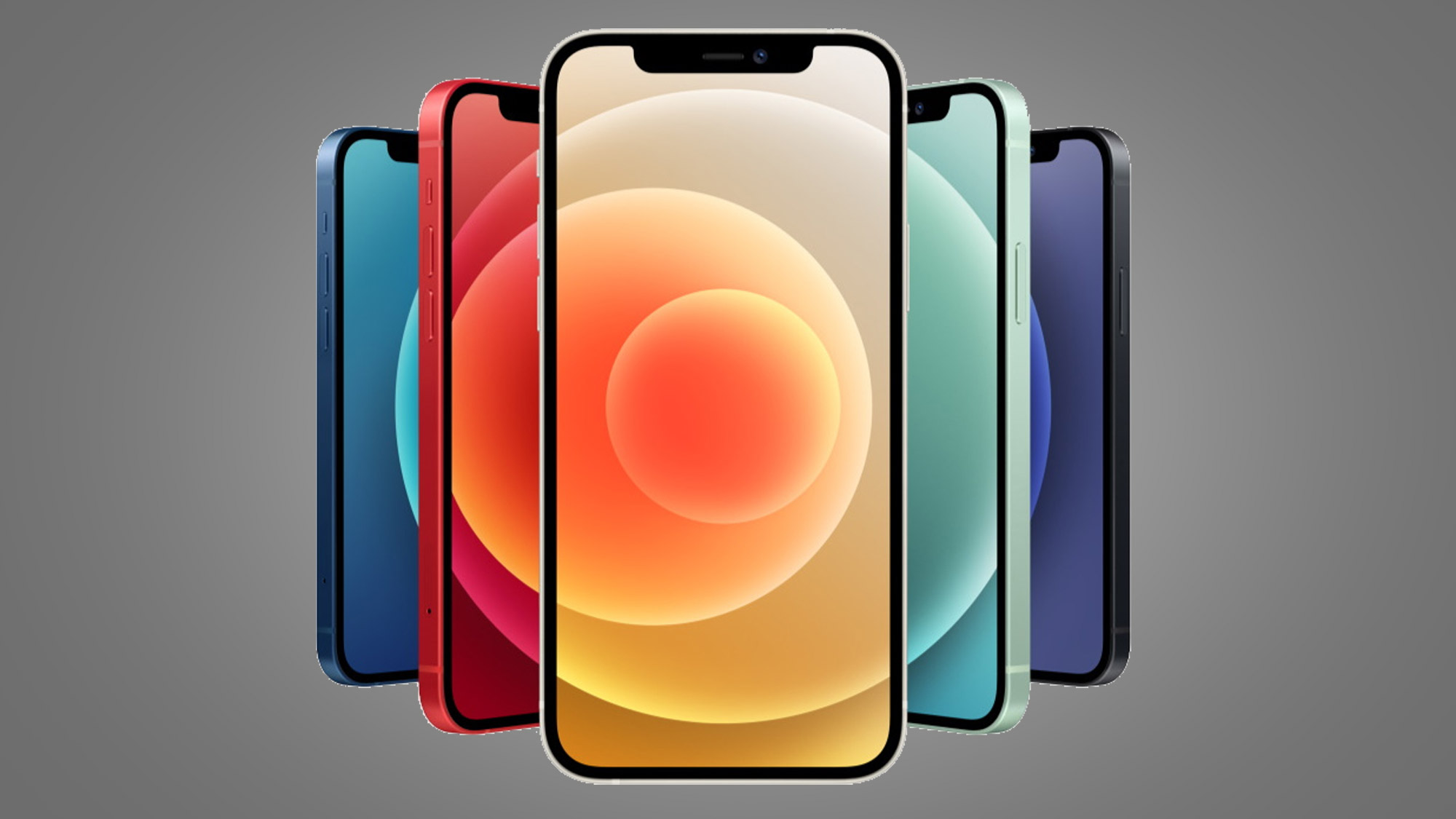
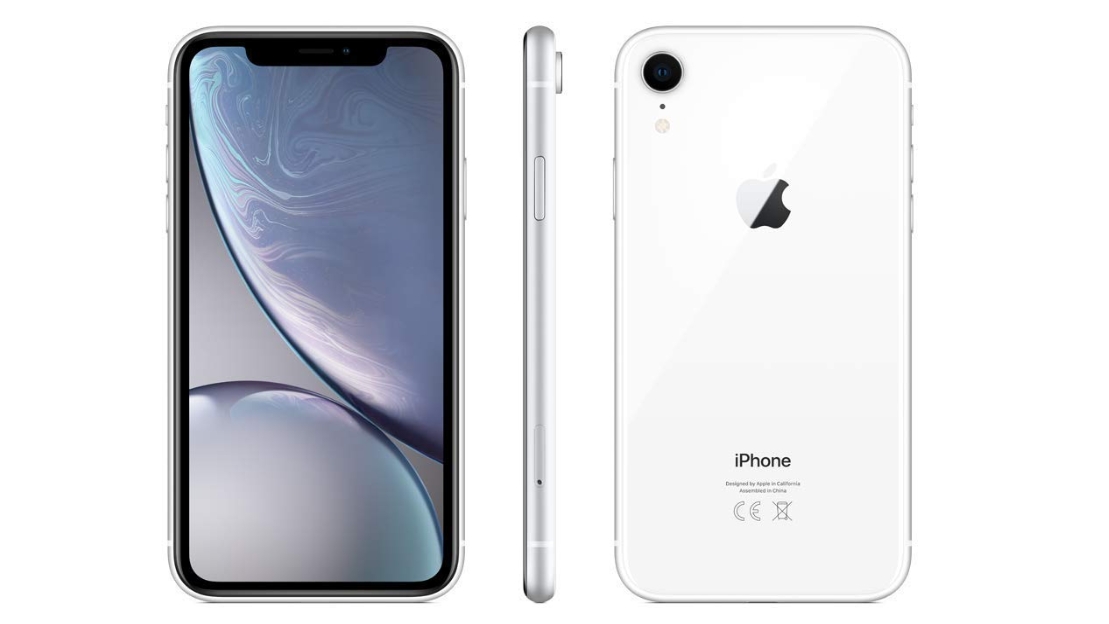
Despite being slimmer and lighter, the iPhone 12 appears to be more rugged than the XR. Its IP68 rating makes it more water-tight than the IP67-certified iPhone XR, while Apple’s new nano-crystalline Ceramic Shield screen delivers four times the drop-resistance.
The iPhone 12 also sports a far more stylish and unique design. While plenty of comparisons have been made with the iPhone 4, the iPhone 12’s perfectly flat edges and sharp corners stand out a mile in this curve-obsessed smartphone landscape.
When it comes to colors, the iPhone XR offers a choice of six: Yellow, White, Coral, Black, Blue, and Product Red. That’s one more than the iPhone 12’s Black, White, Red, Green, and Blue – although the latter signature color, in particular, is an alluringly deep tone.
iPhone 12 vs iPhone XR: display
Despite the discrepancy in body size, the iPhone 12 display and the iPhone XR display are exactly the same size. Both measure 6.1 inches corner-to-corner, which is generally considered small-to-medium in today’s wider smartphone market.
The shared 60Hz refresh rate – which really is unforgivable in the case of the iPhone 12 at a time when rivals offer 120Hz – is where the similarities end. The iPhone 12 display is leagues ahead of its older sibling.
The iPhone 12 display is a Super Retina XDR OLED, while the iPhone XR’s is a Liquid Retina IPS LCD. Breaking those arcane terms down, the iPhone 12’s 2532 x 1170 Super Retina is sharper than the iPhone XR’s 1792 X 828 Liquid Retina – and by some margin.
Even more consequential is the iPhone 12 display’s OLED attributes, as opposed to the iPhone XR’s use of old IPS LCD technology. This ensures the newer phone delivers far punchier yet more natural colors, as well as truer blacks and infinitely higher color contrast.
Like we said, it would have been nice to see the iPhone 12 stretch its legs when it comes to refresh rate. But make no mistake, the display on this device is superior by an order of magnitude, with the iPhone XR left looking rather dated.
iPhone 12 vs iPhone XR: camera
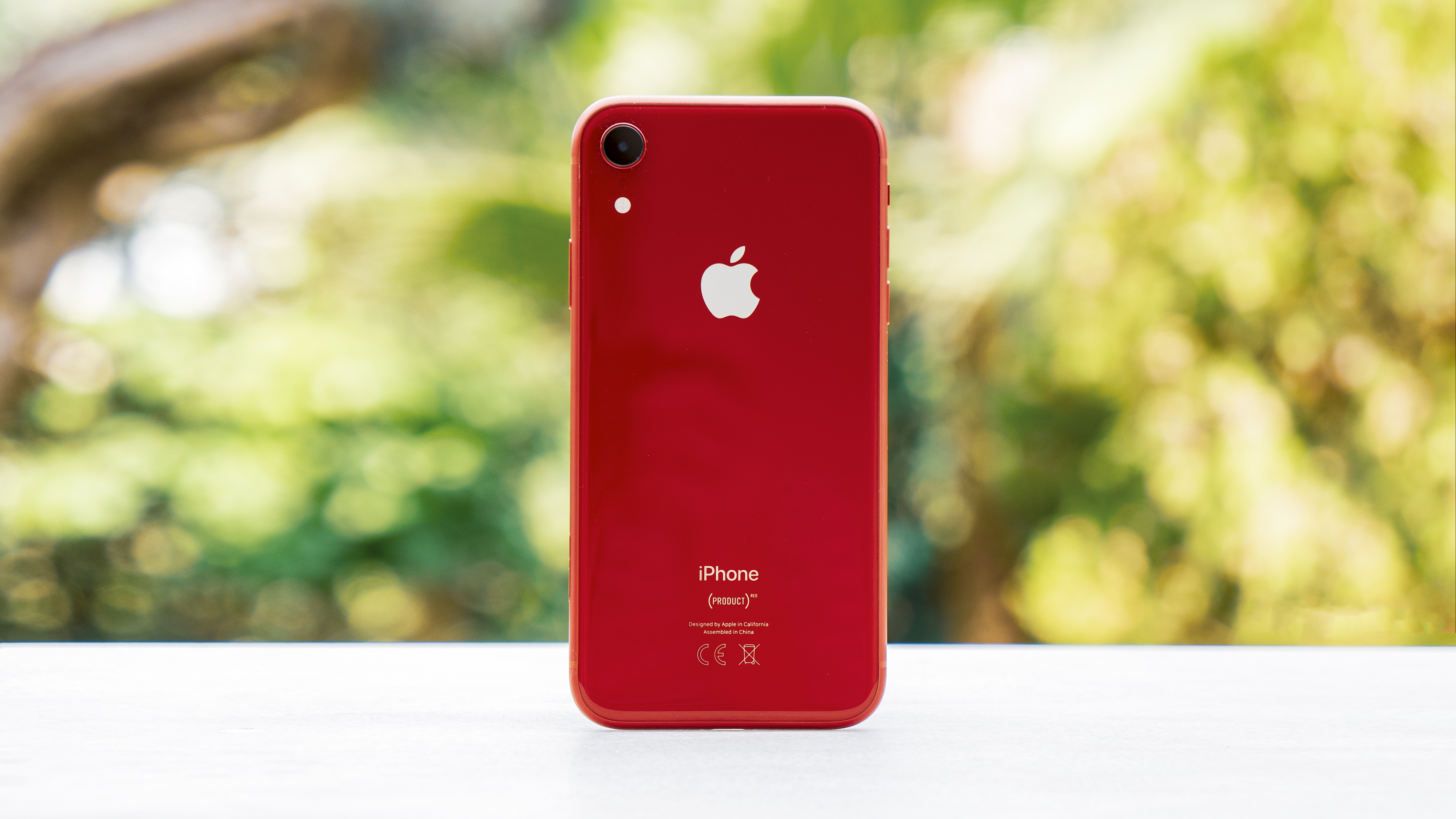
The iPhone 12 has been a huge step up from the iPhone XR so far, and that gap doesn’t decrease when it comes to their respective photographic capabilities.
The iPhone 12 features two 12-megapixel cameras to the iPhone XR’s one. Besides the usual wide lens, the iPhone 12 also gets a 12-megapixel ultra-wide with an f/2.4 aperture. As a result, it can capture those sweeping landscape shots that simply aren’t possible with the XR.
The secondary sensor also aids the iPhone 12’s portrait mode, with the additional depth data resulting in a more accurate separation of the subject and background. The iPhone XR has to do all of this in software, and it’s a lesser alternative.
The iPhone 12’s main 12-megapixel image sensor is accompanied by an f/1.6 aperture, while the iPhone XR has a narrower (although by no means narrow) f/1.8 equivalent. Both benefit from OIS, however.
When it comes to shot quality, the iPhone 12 wins in every respect – and this has little to do with their respective lenses or sensors. With Apple’s improved algorithms and the image-crunching advances of the A14 Bionic chip (more on that in a bit), shots taken with the iPhone 12 tend to be brighter, sharper, and more natural-looking. Advanced features such as Smart HDR 3 ensure that the iPhone 12’s images pack superior dynamic range, too, so you’ll be able to rein in those bright skies and shadowy bushes.
Night mode is a huge distinction here, enabling the iPhone 12 to take spookily sharp images in extremely low-light conditions. The iPhone XR doesn’t even have access to this magical mode; Night mode made its debut in the following year’s iPhone 11.
Both phones shoot crisp 4K 60fps video, but the iPhone 12 wins again with advanced features such as Dolby Vision for better dynamic range.
iPhone 12 vs iPhone XR: specs and performance
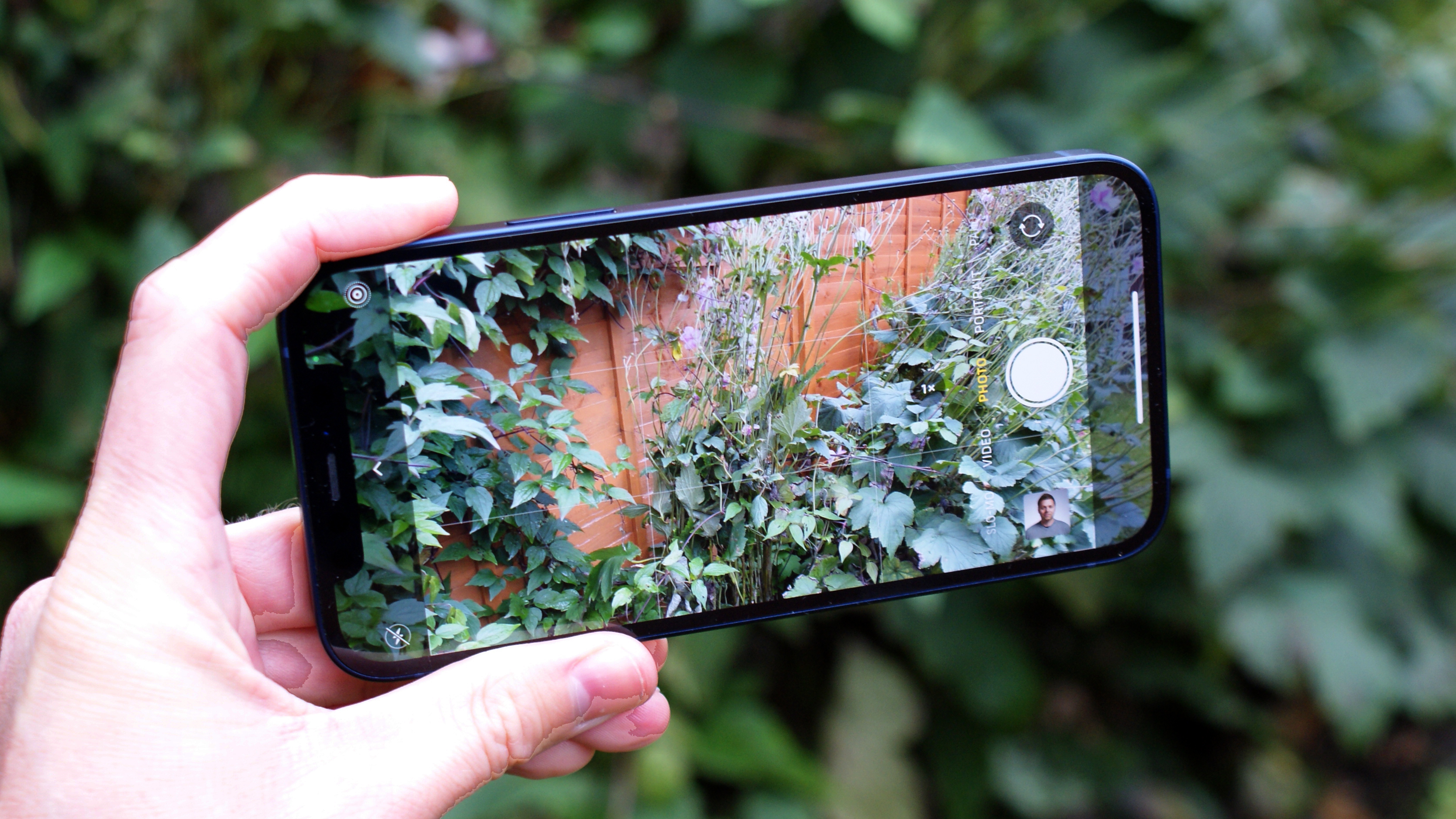
Apple routinely improves the power of its phones by around 20% year-on-year. To put it crudely, then, we can expect the iPhone 12 to be around 40 to 50% faster than the iPhone XR.
The iPhone 12 runs on Apple’s latest A14 Bionic CPU, while the iPhone XR is powered by the A12 Bionic. While Apple doesn’t talk about memory, we know from teardowns that the iPhone 12 is backed by 4GB of RAM to the iPhone XR’s 3GB.
It creates a sizeable advantage, but the question lingers over how meaningful that performance gap is, aside from those aforementioned image-processing improvements. Apple consistently builds ample headroom into its phones, which means that a two-year-old iPhone XR continues to run fast and smooth.
It also means that, in 2021, there isn’t an app or task that can really make the iPhone XR stumble. Perhaps the latest 3D games won’t be at their absolute smoothest or most visually alluring on the older phone, but you can bet that they’ll still run well, barring the odd stutter.
Of course, the iPhone 12 has that same headroom built into its performance, which means that it will remain fast and smooth long after the iPhone XR starts creaking and groaning. Around two years longer, if we were to hazard a guess.
In terms of storage, both phones offer 64GB as standard. Like that shared 60Hz screen refresh rate, this is a lot more forgivable in the iPhone XR than it is in the iPhone 12.
Both handsets also offer options for 128GB and 256GB of storage, although Apple has removed the 256GB iPhone XR from the equation on its official online store.
One big spec difference that’s only going to become more meaningful over time is the iPhone 12’s 5G connectivity. The ability to hook into the latest mobile network might not appear to be a killer app today, especially if you live in a rural or suburban area that’s still wholly reliant on 3G and 4G – but that’s changing rapidly.
iPhone 12 vs iPhone XR: battery life
When Apple launched the iPhone XR, it claimed that it offered the best battery life ever in an iPhone. We found that to be true at the time, but we didn’t expect that the case would continue to be made for the phone two years later.
Apple has arguably taken a step back with the stamina of its smartphones in recent years. That’s perfectly illustrated by comparing the iPhone 12 to the iPhone XR. We specifically noted in our review that the iPhone 12 simply didn’t last as long as the iPhone XR between charges.
Both handsets will get you through a day of moderate use, but the iPhone XR will do so with considerably more headroom. If you’re fairly frugal with your usage, the older phone may even get you through a second day.
There are a couple of reasons for this performance shortfall in the newer device. For one, the iPhone 12’s battery is smaller than the iPhone XR’s, at 2815mAh compared to 2942mAh.
Another crucial difference is between the two displays. The iPhone 12 pumps out way more pixels than the iPhone XR, which inevitably takes its toll on battery life.
Finally, there’s that matter of 5G connectivity. Hooking into the intermittent broadband-like speeds of 5G (and typically back to 4G again in short order) really takes it out of a tiny smartphone battery. It’s early days for the next-gen network, and phone manufacturers are having to adapt to its mercurial capabilities.
Both phones support wireless charging, although the iPhone 12 supports faster 12W compared to the iPhone XR’s 7.5W. Fast 20W wired charging is also possible with the iPhone 12, with the iPhone XR restricted to 15W.
iPhone 12 vs iPhone XR: takeaway
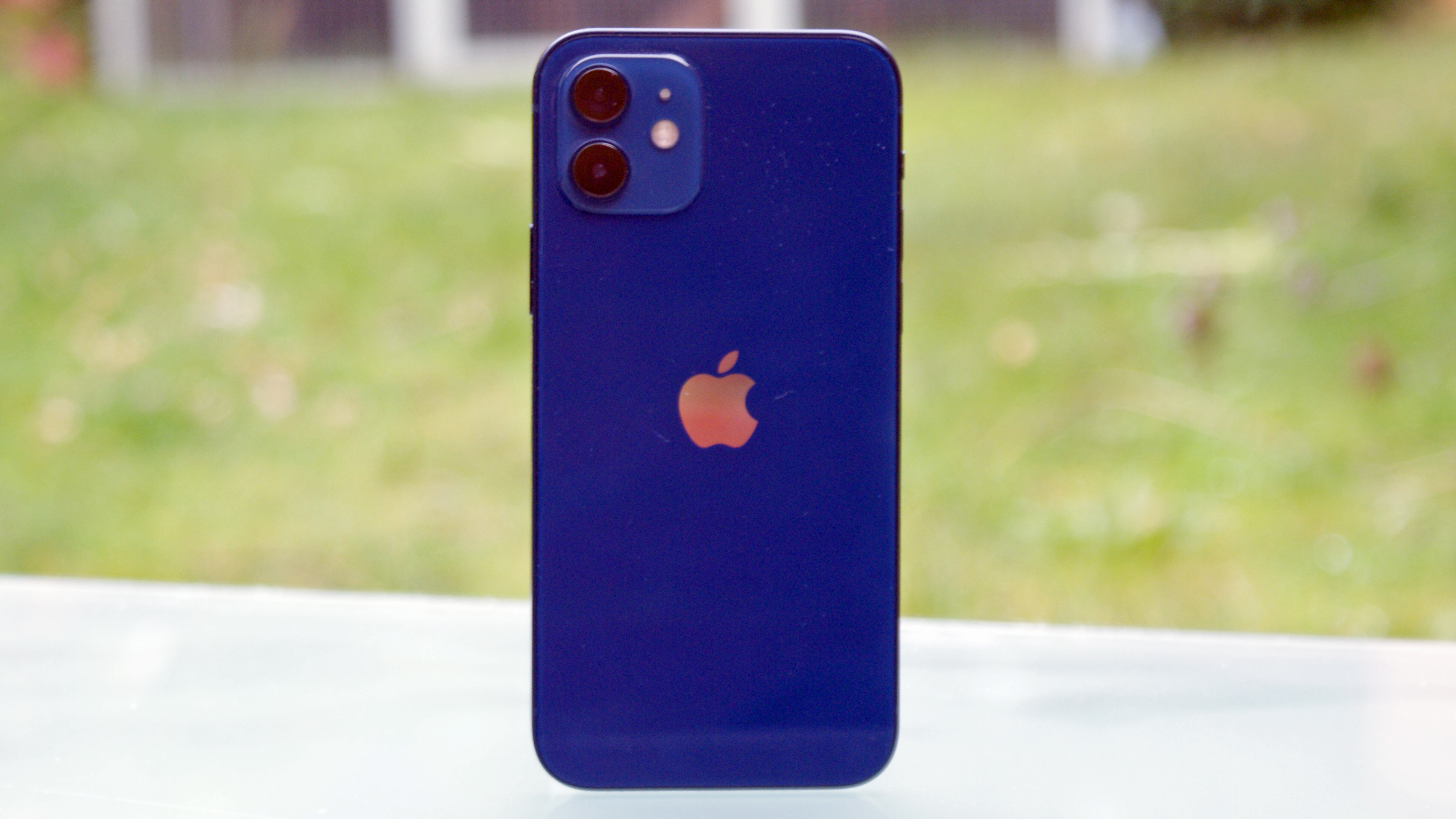
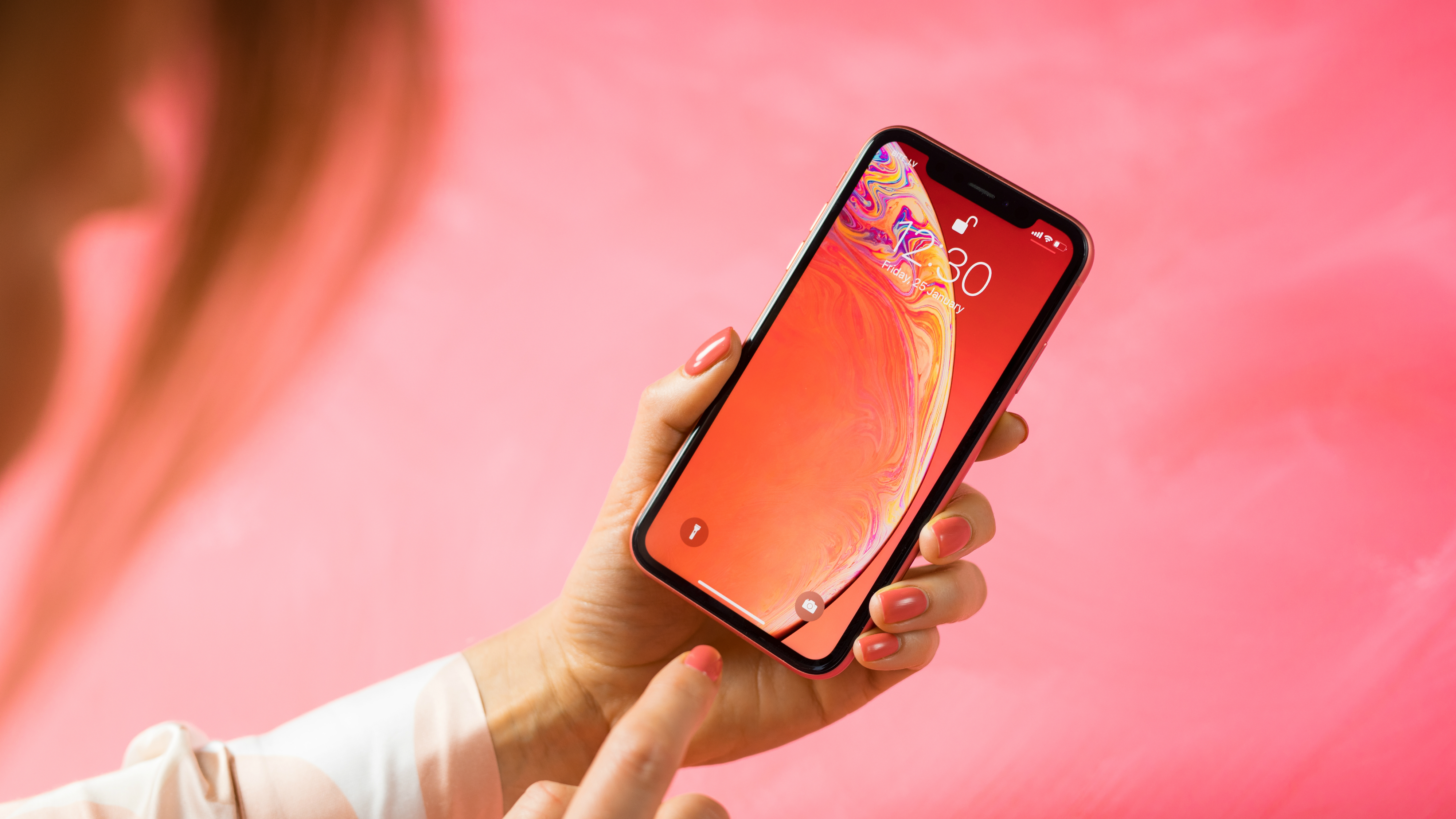
There’s no getting around it: the iPhone 12 is a much more capable phone than the iPhone XR in all ways but two.
It has bags more power, a much fresher and slimmer design, and a display that’s both sharper and more vibrant than the XR’s ageing tech. In addition, the iPhone 12’s dual camera system is considerably more advanced and flexible than the single setup of the iPhone XR.
Where the iPhone XR strikes back is with its superior stamina, and a significantly lower price tag that might make some people think twice about splashing the cash on Apple’s expensive flagship.
We’d recommend anyone with the money opts for the iPhone 12. It’s a flat=out better phone. But the iPhone XR remains a viable choice for those looking for a full-sized iPhone experience at half the price of an iPhone 12 Pro.
You might also want to check out the best iPhone XR cases, and the comparison iPhone 12 Pro vs iPhone 11 Pro.

